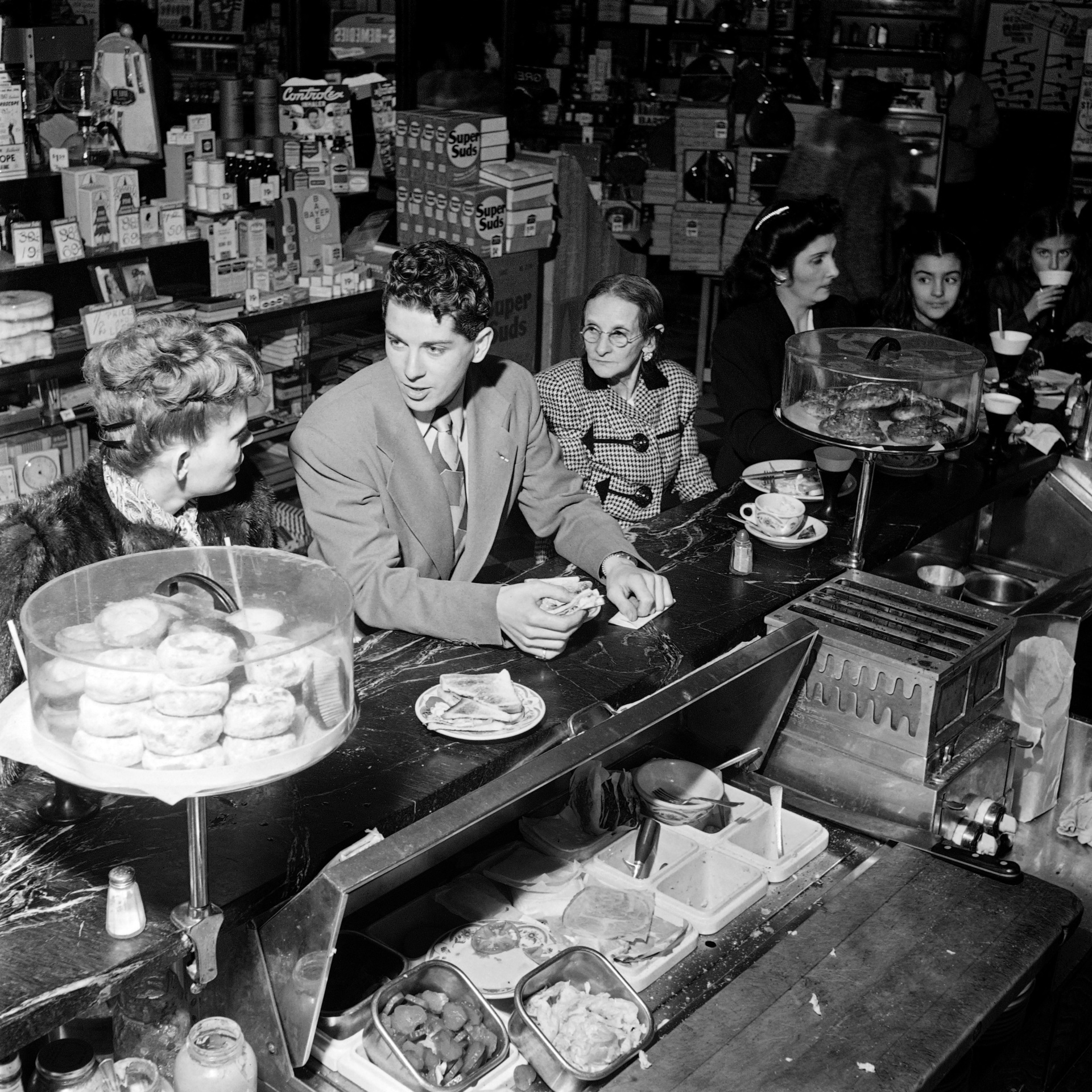The Insidious Creep of Inflation
Inflation was never going to return like a jump scare conclusion to a horror movie, smashing through the window to grab us by the throat after we had finally relaxed. The return was always going to be insidious, a slouching creep through the aisles of our supermarkets seeking to bleed our wallets dry.
Although markets were caught off-guard by the strength of the rise of inflation in January, it has been marching upwards for months with a determination that would almost be admirable if only it weren’t so vexing.
January was not an aberration, a fluke, or a detour from a disinflationary trend. It was the third month of the consumer price index (CPI) rising on a month-t0-month basis.
That’s a rarer phenomenon than you might think. We ran the numbers going back to 1947 and found that there have only been 36 periods in which inflation rose for three straight months. The typical pattern, even in periods of high inflation, is one of push and shove, up and down. Since November, inflation has only gone up.
If the monthly figure rises again in February—as the Federal Reserve Bank of Cleveland’s inflation nowcast indicates it will—we’ll have four straight months of accelerating inflation. That has only occurred seven times since 1947.

New Yorkers chat in a drugstore during their lunch break in February 1947 on Broadway, in Manhattan, New York City. (Eric Schwab/AFP via Getty Images)
We are, in other words, experiencing a rare sustained bout of accelerating rises in the cost of living, and we are in serious danger of entering a historically anomalous era of prolonged inflation. It increasingly looks like disinflation was transitory, and we’re now settling back into an economy beset by high inflation.
This does not mean we’re headed back to the level of inflation seen in the worst days of 2022. Nine percent annual gains in the consumer price index will not return absent an unexpected and massive supply shock, an unforeseen rapid loosening by the Federal Reserve, or what is probably a politically impossibly large fiscal expansion. It’s more likely that inflation will stubbornly refuse to stay below three percent, or it may push up to four or five percent when pressed by overly loose monetary or fiscal policy.
Retail Sales Provide Very Little Therapy
The January retail sales figures released on Thursday gave markets some reassurance that perhaps the economy is not overheating as much as the jobs numbers and inflation figures suggest. Retail sales decreased by 0.8 percent, a much larger contraction than the 0.1 percent foretold in whatever entrails Wall Street’s shamans use to predict the future.
Yet even here there was reason to remain cautious. Keep in mind that the retail sales figures are not adjusted for inflation. If we look at core retail sales, excluding gas stations and restaurants, we are mostly looking at purchases of goods. Prices of goods fell in January. So, part of the decline in sales was nominal rather than real, which means that the notion that consumers “pulled back” on spending may be overstating things.
What’s more, there were big jumps in the categories that saw increased inflationary pressure. Grocery store sales rose 0.6 percent for the month, reflecting a 0.4 percent increase in the consumer price index of food at home. Sales at restaurants and bars were up 0.7 percent, a bit more than the 0.5 percent increase in the price index for food away from home. Department store sales rose 0.5 percent, indicating ongoing consumer resiliency.
Part of the story of January’s retail sales figures seems to be inflation pushing around the spending patterns of American families. Persistent inflation—and higher rates—has seen them spend more on necessities like food and shelter and less on big ticket purchases typically financed.
The Importance of Imports
The report on import prices from the Bureau of Labor Statistics deserves more attention than it received. Overall import prices rose by 0.8 percent, defying the forecast for a 0.1 percent decline. Prices of finished consumer goods jumped 1.1 percent, the largest ever increase in the series that goes back to 1989.
Import prices are a forward indicator of inflation. They influence domestic prices because many components of domestic production are imported. And imports make up a significant portion of consumption goods purchased by U.S. households. A record high surge of import prices is a signal that inflation is likely about to get worse. At the very least, it should be taken as a warning sign that the period of disinflation in the goods sector—a key factor in bringing down overall inflation last year—may have come to an end.
No matter how much Wall Street wishes inflation were a thing of the past, inflation has other plans.

COMMENTS
Please let us know if you're having issues with commenting.